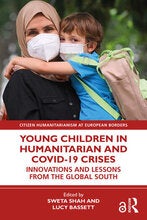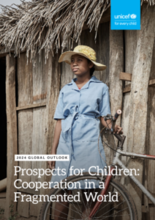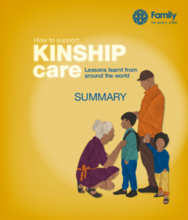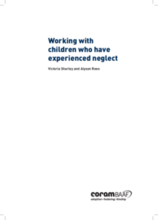Displaying 231 - 240 of 4273
This chapter, which is part of the "Handbook of Human Mobility and Migration" reviews the literature on child migration, highlighting how children compare from adults in their migratory aspirations and migration decision-making, as well as in their experiences in receiving countries in the European and US contexts, where groups of children such as unaccompanied minors benefit from humanitarian protections unavailable to adults.
This learning document shares findings from care leaver-led research into the formation of care leaver networks.
These statements can be used in donor facing advocacy efforts. The purpose of these statements are to demonstrate to donors that care experienced experts, advocates and networks are calling for care reforms, including for the transition of residential care services, so that children can access more appropriate services and be raised in families.
This book investigates how organizations around the world responded to these dual challenges, identifying solutions, and learning opportunities to help to support young children in ongoing and future crises. Drawing on research and voices from the Global South, this book showcases innovations to mobilize new funds and re-allocate existing resources to protect children during the pandemic.
The 2024 Global Outlook Prospects for Children: Cooperation in a Fragmented World examines how global fragmentation along geopolitical and economic lines will impact children in 2024 and beyond. It highlights eight key trends that will shape children’s lives and provides policy guidance to protect their rights and well-being amid this uncertainty.
Prospects for Children in 2024: Cooperation in a Fragmented World is the latest edition of the Global Outlook, a series of reports produced each year by UNICEF Innocenti – Global Office of Research and Foresight, which look to the key trends affecting children and young people over the following 12 months and beyond.
This guidance explains why supporting kinship care is so important and provides principles of good practice and lessons learnt from across the world. This is a summary of a more detailed version of the guidance, which also includes over 40 examples of promising practice from across the world.
This guidance is the first ever global, practitioner-informed guidance on how to support kinship care. The guidance is aimed at policymakers and programme managers working to improve the care of children.
This is the first chapter from the "Working with children who have experienced neglect" Good Practice Guide.








